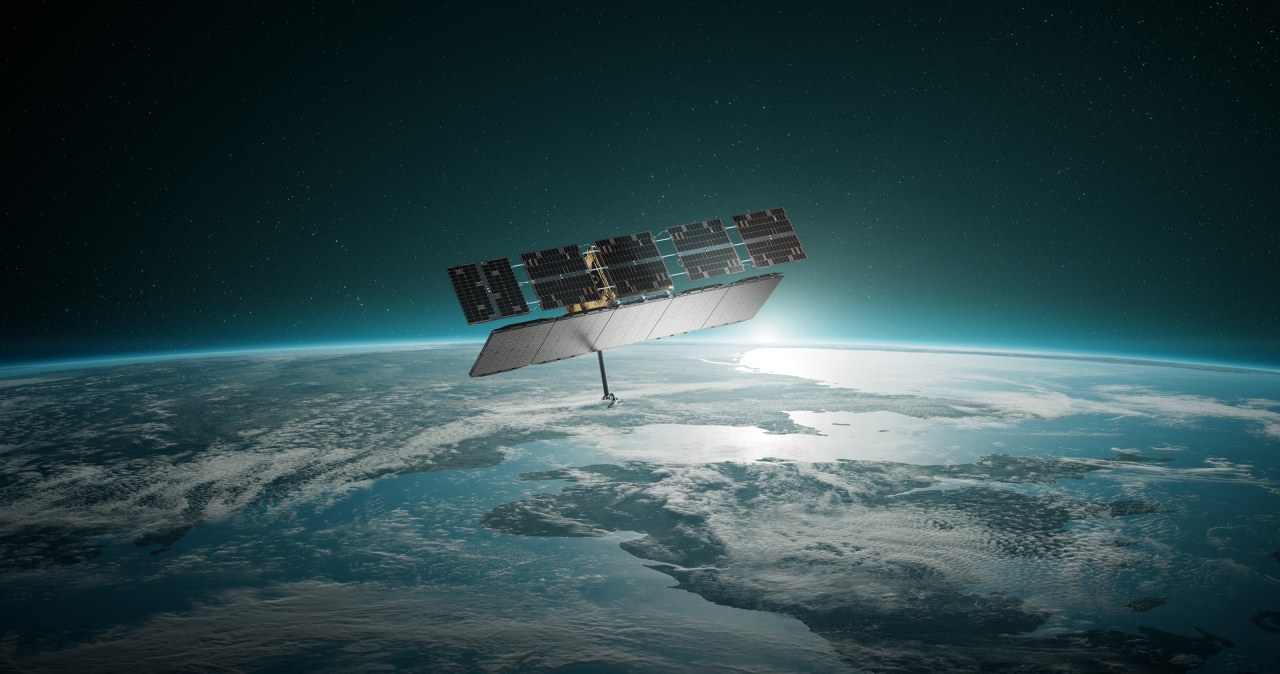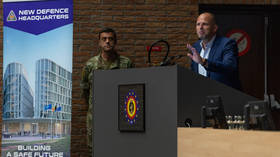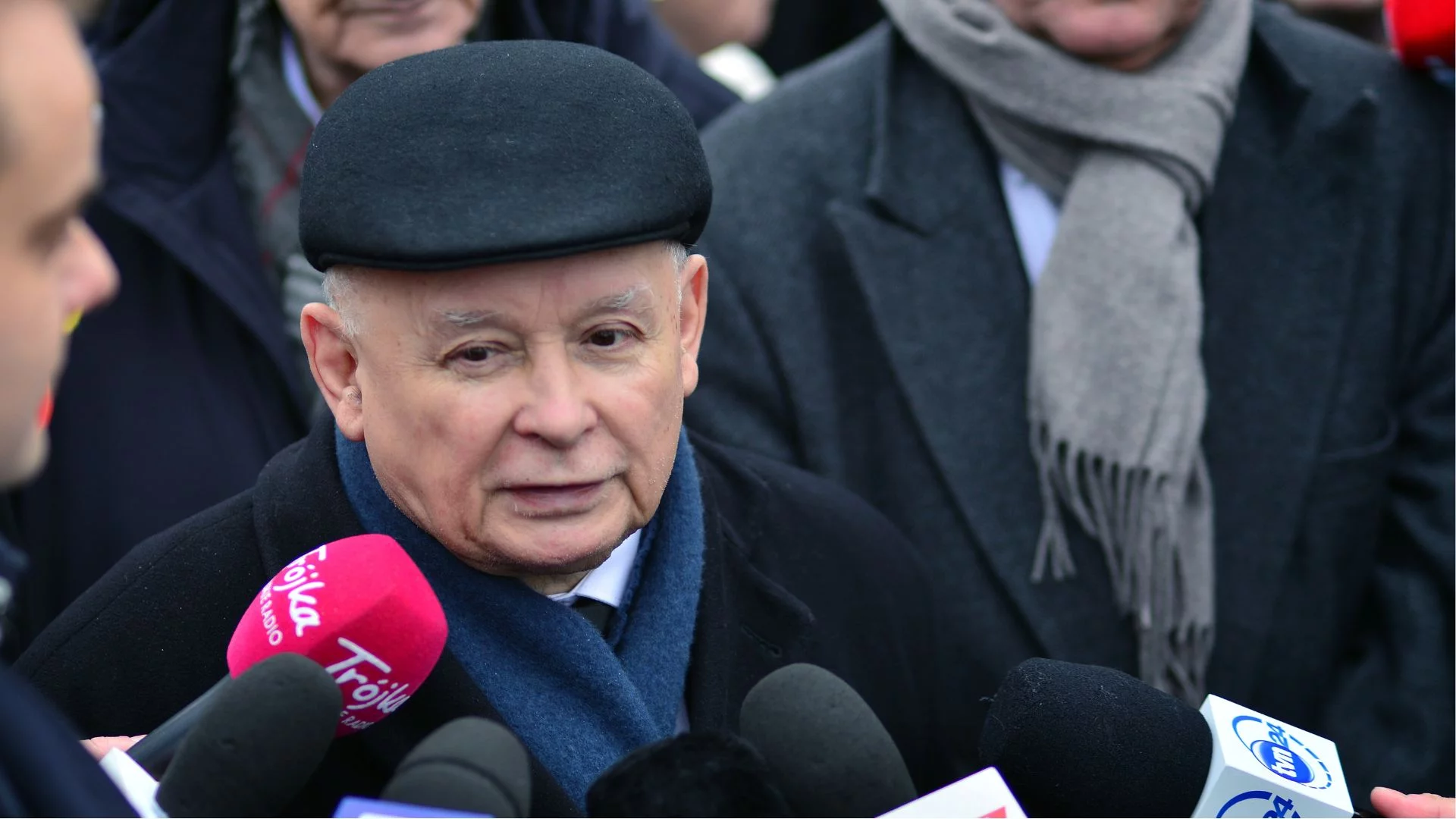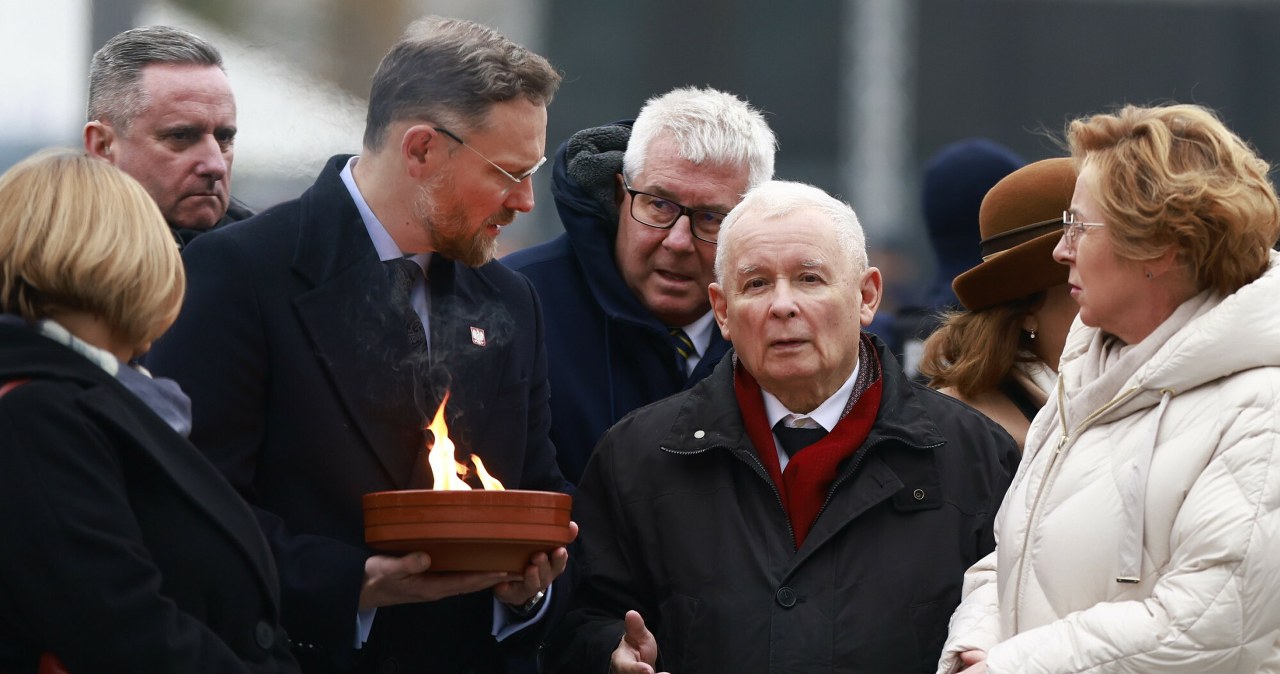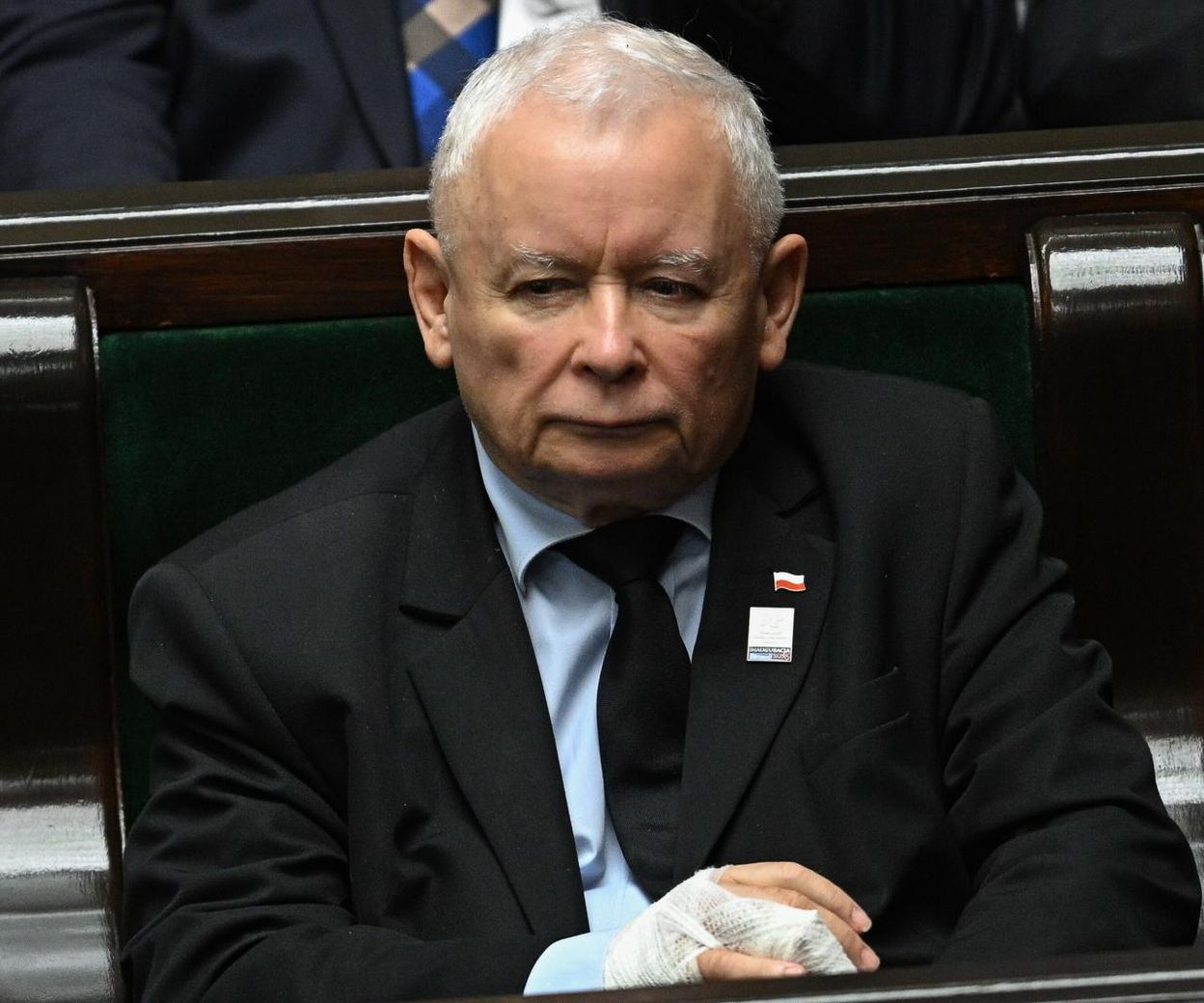
NEW DELHI- The Indian Navy will soon receive 26 Rafale-M fighter aircraft in a deal worth Rs 63,000 crore between India and France. This acquisition represents the first major upgrade to the Navy’s fighter fleet in over a decade.
The package includes 22 single-seater fighters and 4 double-seater trainer aircraft, which will complement the existing MiG-29K jets currently operating from INS Vikrant and INS Vikramaditya.
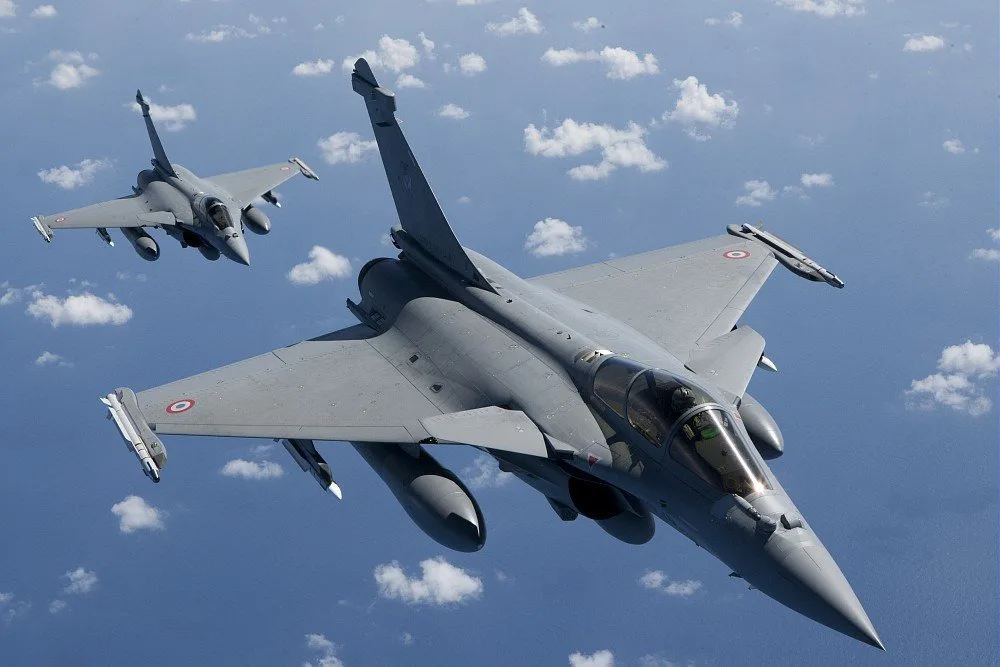 Photo- Dassault Aviation
Photo- Dassault AviationIndian Navy Rafale Jets
Former Chief of Naval Staff Admiral Arun Prakash explained to NDTV how the Rafale jets will dramatically improve the Navy’s combat effectiveness. He noted that the Rafale is approximately half a generation or a full generation more advanced than the MiG-29K.
“It’s going to add a huge punch, kinetic punch, to the Indian Navy’s striking power in many dimensions, air defense, anti-shipping strike, electronic warfare, you name it,” Admiral Prakash stated.”
Admiral Arun Prakash, Former Chief of Naval Staff
“The Rafale comes about 10 years after the MiG-29. So its electronics, its data fusion, and the weapons it carries will certainly make it a more capable aircraft than the MiG-29.”
Admiral Arun Prakash, Former Chief of Naval Staff
The Indian Air Force already operates 36 Rafale fighter jets in two squadrons based in Ambala and Hashimara, with the aircraft capable of conducting various combat missions, including air superiority and ground attack operations.
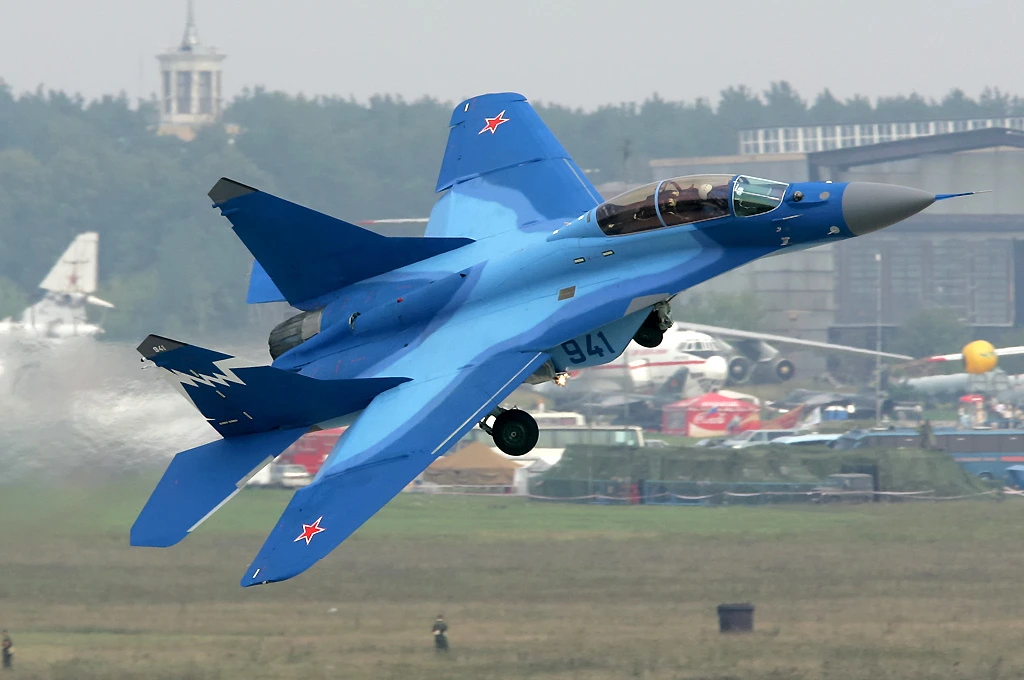 MiG-29K; Photo- Wikipedia
MiG-29K; Photo- WikipediaMiG-29K Selection
Admiral Prakash, who oversaw the induction of INS Vikramaditya, revealed that the Navy’s choice of MiG-29K fighters was largely dictated by limited options at the time. “When we were negotiating for the Gorshkov, which later became the Vikramaditya in the late 1990s, there were no ski-jump-capable aircraft available other than the Sea Harrier, which we already had,” he explained.
The Navy sent a team to France to evaluate the Rafale, but at that time, the French could not offer the naval variant. Political considerations also prevented India from considering American options like the F-18. “Our choices were limited. And then, when we started negotiating for the Vikramaditya-Gorshkov, the MiG-29 was more or less a Hobson’s choice for us,” Admiral Prakash said.
He noted that it was only later that the Americans demonstrated the F-18’s capability with ski-jump takeoffs, and the French proved the Rafale’s similar ability. The MiG-29K fighters entered naval service in 2013, replacing the Sea Harriers that had served for nearly 30 years.
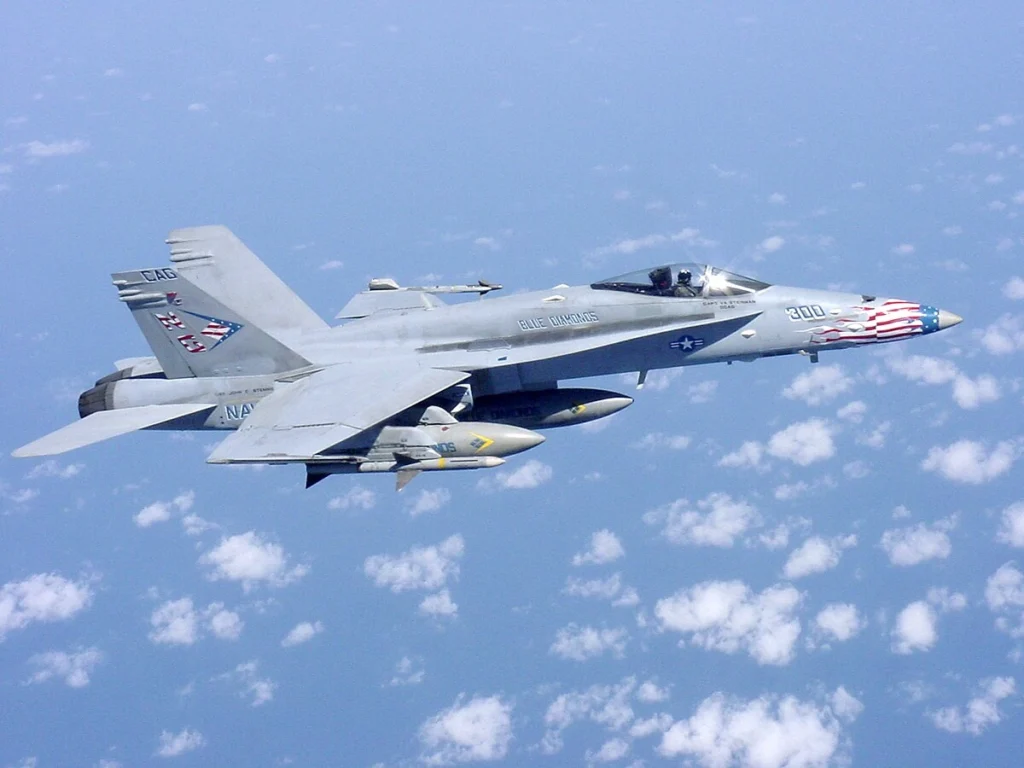 F/A-18 Hornet; Photo- Wikipedia
F/A-18 Hornet; Photo- WikipediaChinese Naval Expansion in the Indian Ocean
Addressing the potential threat of Chinese carrier groups deployed in the Indian Ocean, Admiral Prakash expressed certainty about future Chinese naval presence. “As soon as they can spare an aircraft carrier, which will provide air cover, organic air cover to their forces, maritime forces, I do not doubt that they will put in an appearance in our waters,” he stated.
China has already commissioned two aircraft carriers—Liaoning and Shandong—with a third, more advanced carrier named Fujian currently undergoing sea trials. According to the US Department of Defense, Beijing is reportedly building a fourth nuclear-powered aircraft carrier similar to Fujian.
Admiral Prakash pointed out that although Chinese naval bases would be located 3,000 nautical miles away in Hainan, they have established logistical support through facilities in Djibouti and potentially Pakistan’s Gwadar port. “Djibouti is a great reassurance” for the Chinese Navy, he noted, adding that “if they get Gwadar, it will be a bonus.”
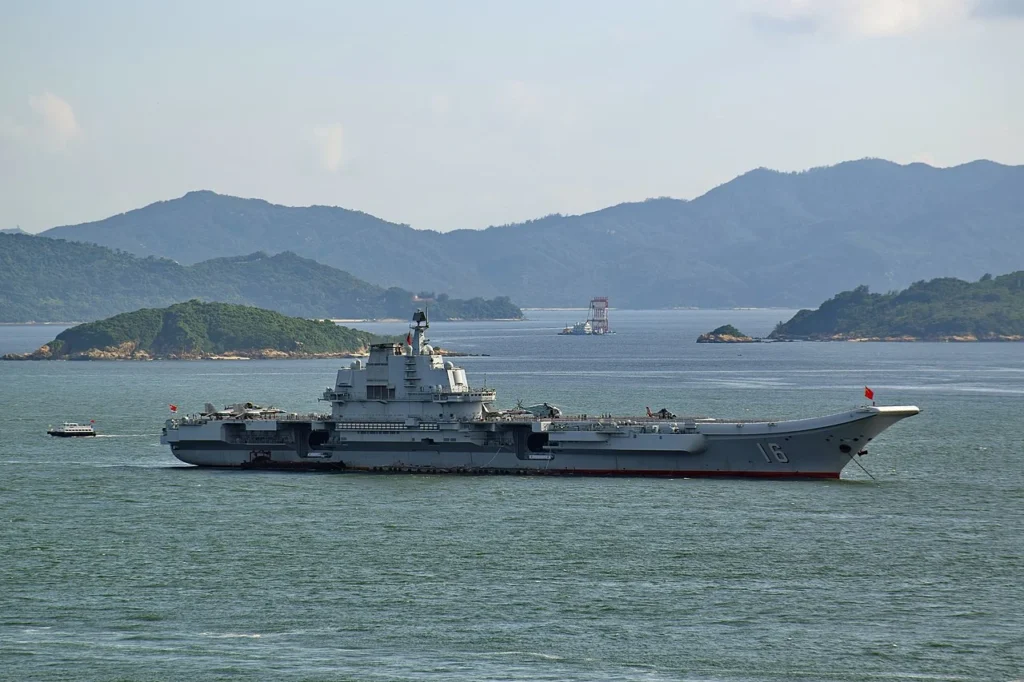 Aircraft Carrier Liaoning; Photo- Wikipedia
Aircraft Carrier Liaoning; Photo- WikipediaAircraft Carrier Vulnerability
The former Navy chief, a decorated naval aviator who flew Hawker Hunters during the 1971 war, strongly disputed the notion that aircraft carriers have become more vulnerable to attacks, despite recent events in the Black Sea and Red Sea conflicts.
“Inherently, an aircraft carrier is possibly the most protected warship there is. It has its fighter cover. It has radar coverage. It has anti-submarine helicopters.”
Admiral Arun Prakash, Former Chief of Naval Staff
He emphasized that carriers protect the rest of the fleet and enjoy a mutually beneficial relationship with their escort vessels.
“This scare of aircraft carriers being overly susceptible to missile attacks has now, I think, been more or less proved otherwise. Aircraft carriers can defend themselves,” Admiral Prakash concluded, encouraging a more balanced view of carrier capabilities and vulnerabilities.
Stay tuned with us. Further, follow us on social media for the latest updates.
Join us on Telegram Group for the Latest Aviation Updates. Subsequently, follow us on Google News
India Signs Rs 62,700 Crore Deal for 156 Attack Helicopters
The post Indian Navy to Get 26 Rafale Fighter Jets Worth $730 Million appeared first on Aviation A2Z.



